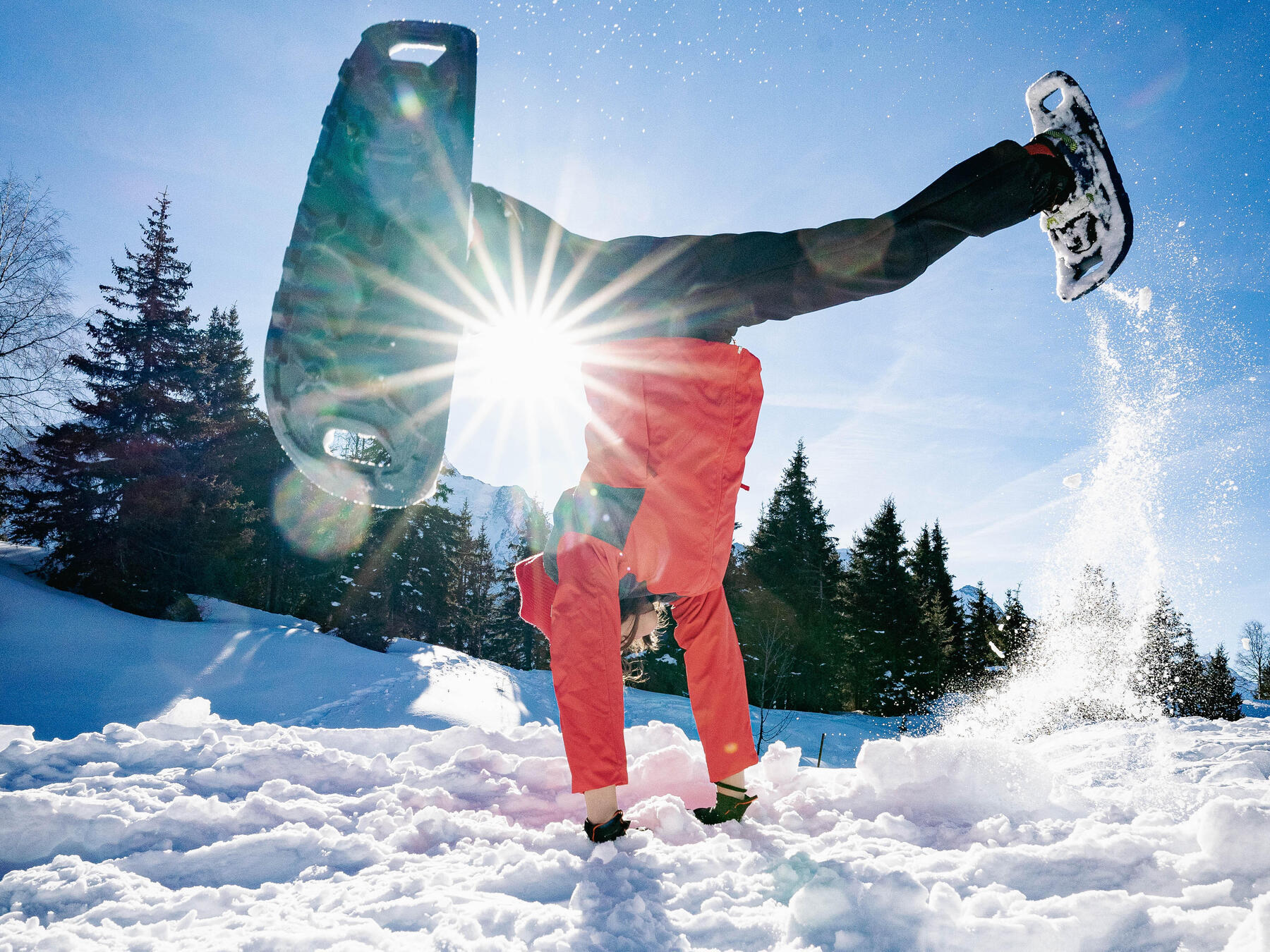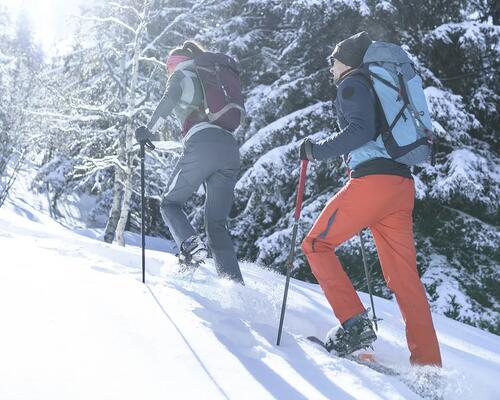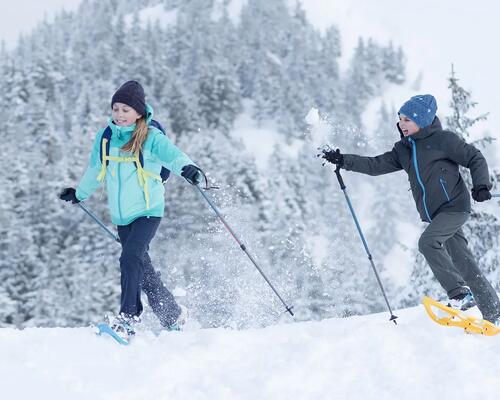A brief history of snowshoes
Snowshoeing made a breakthrough in the 1990s. It’s the ideal winter activity to discover the mountains with family or friends. However, it wasn’t invented recently! It seems to have been invented by northern peoples, the Lapps and American Indians, to get about on the snow. It wasn’t until the beginning of the 17th century that European settlers brought it back to our lands. In France, it was first used by hunters and the army to walk on snow. It only went on sale to the general public in the early 20th century. Recently, snowshoe hiking has become more popular for its benefits as a gentle, relaxed way to rediscover the mountains in winter.












